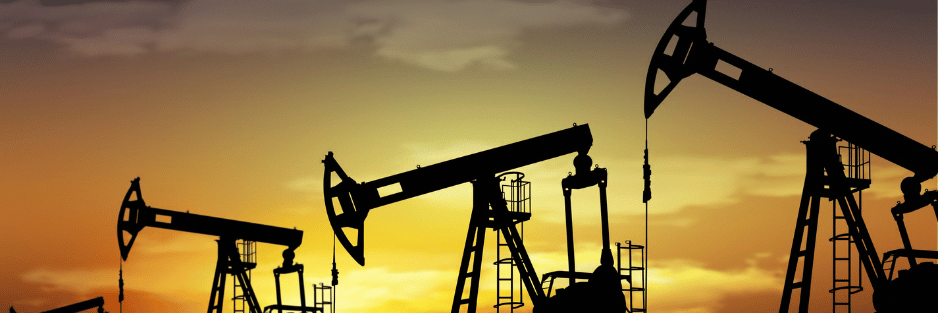
Drilling Fluids Engineering – Fluid Dynamics & Solids Separation
Understand the behavior of drilling fluids under different flow regimes. Learn how fluid properties impact wellbore stability, rate of penetration, Gain in-depth knowledge of solids control equipment (shakers, centrifuges, desanders, desilters) and optimization techniques. Learn how to reduce mud losses and improve cuttings removal for cost-effective operations. Develop practical troubleshooting abilities for common field challenges such as differential sticking, poor hole cleaning, and high solids loading. Learn fluid recycling best practices to cut operational expenses. Get exposed to the latest technologies in drilling fluids and solids control systems.
By the end of this course, participants will be able to:
- Understand the fundamentals of drilling fluid types and behavior under dynamic conditions.
- Analyze and optimize fluid flow and pressure losses in drilling systems.
- Evaluate and manage solids separation systems for effective drilling fluid performance.
- Design hydraulics programs to enhance ROP and maintain wellbore stability.
- Troubleshoot fluid-related issues using real-time and lab-based indicators.
- Mud Engineers
- Drilling Supervisors
- Drilling Engineers
- Field Service Technicians
- Solids Control Specialists
- Operations Managers in Drilling Companies
- Technical Service Providers in Oilfield Services.
This interactive training course includes the following training methodologies as a percentage of total tuition hours :
- Lectures
- Workshops, work presentations ,
- Group Work in case study & Practical Exercises.
- Videos and general discussions
- Pre-Test and Post Test
Course Outline
Introduction to Drilling Fluids and Basic Fluid Dynamics
- Overview of drilling fluid types and functions
- Water-based, oil-based, and synthetic-based muds
- Functions of drilling fluids in wellbore stability, cooling, lubrication, etc.
- Basic fluid properties and testing
- Density, viscosity, gel strength, yield point
- API and field measurement techniques
- Fluid dynamics fundamentals
- Newtonian vs. non-Newtonian fluids
- Laminar vs. turbulent flow
- Reynolds number, friction factor, and flow regimes in annular and pipe flow
- Rheological models (Bingham Plastic, Power Law, Herschel-Bulkley)
Applied Hydraulics in Drilling Operations
- Pressure loss calculations:
- Surface equipment, drill pipe, annulus
- Bit nozzle hydraulics
- Equivalent Circulating Density (ECD)
- Surge and swab effects
- Impact on wellbore pressure and fracture gradients
- Optimization of hydraulics for drilling efficiency
- Bit hydraulic horsepower and impact force
- Jet and nozzle design
- Role in ROP (Rate of Penetration)
- Real-time monitoring and pressure profiles
Solids Control Equipment and Theory
- Importance of solids control in drilling
- Impact of solids on mud properties and wellbore stability
- Types and characteristics of drilled solids
- Particle size distribution and behavior in drilling fluids
- Solids control equipment overview
- Shale shakers
- Desanders and desilters
- Mud cleaners and degassers
Performance parameters and operational adjustments
Centrifuges, Dilution, and Advanced Solids Separation
- Decanter centrifuge fundamentals
- Operating principles and critical parameters
- Applications for weighted and unweighted mud
- Cut and fill techniques
- Dilution and chemical treatment strategies
- Managing low-gravity and high-gravity solids
- Use of flocculants and coagulants
Field case studies: successful solids separation practices
Integration, Troubleshooting, and Practical Assessment
- Integration of fluid dynamics and solids control in overall well design
- Wellbore hydraulics planning
- Mud program design for various hole sections
- Troubleshooting common field problems
- High ECD, barite sag, poor cuttings transport
- Solids loading, screen blinding
- Hands-on simulation or group exercises
Final knowledge assessment (written + case-based)
